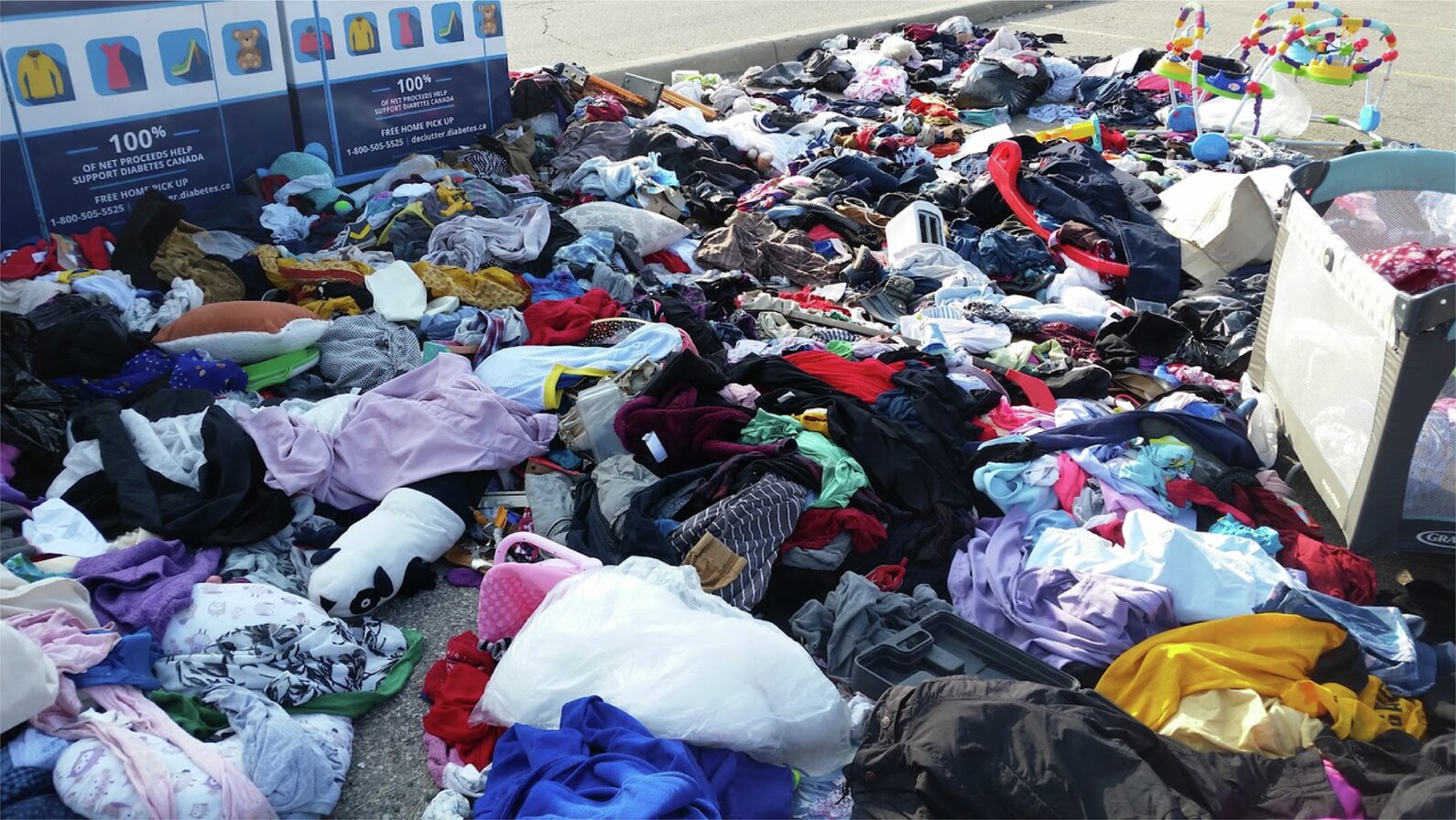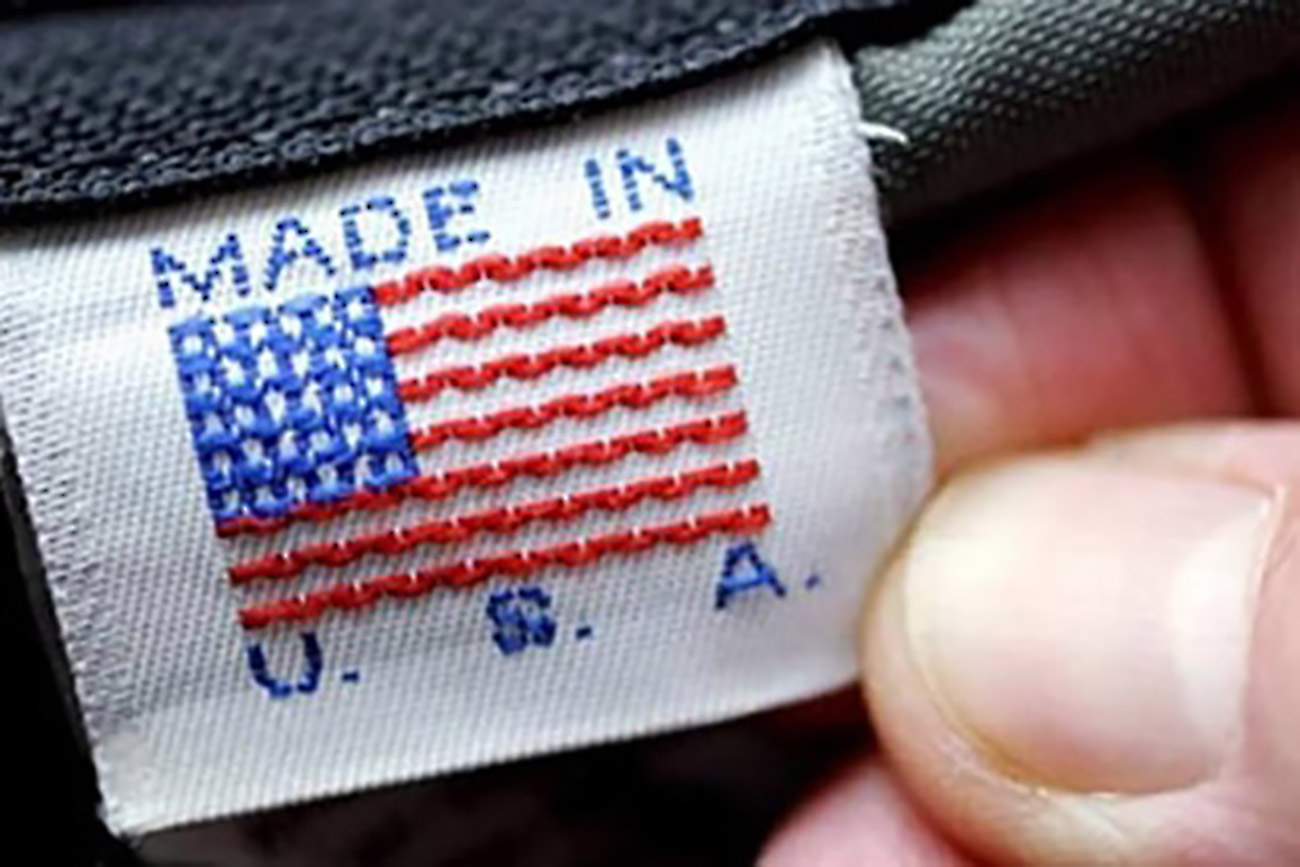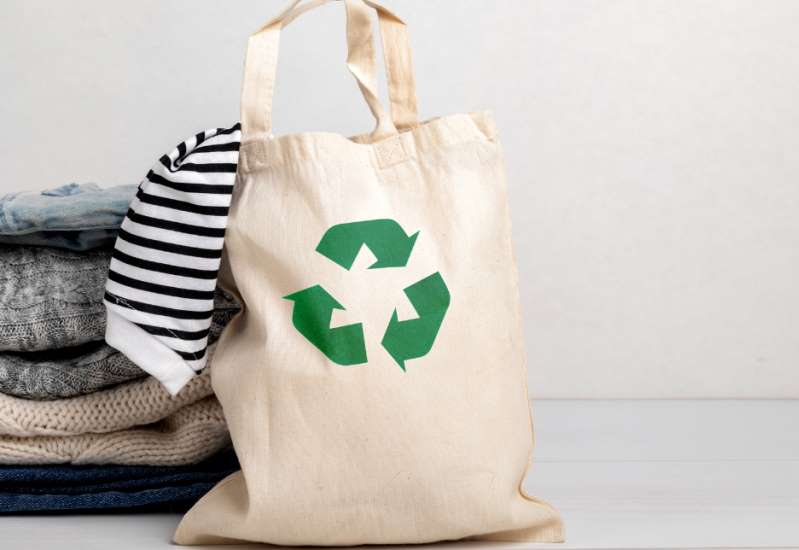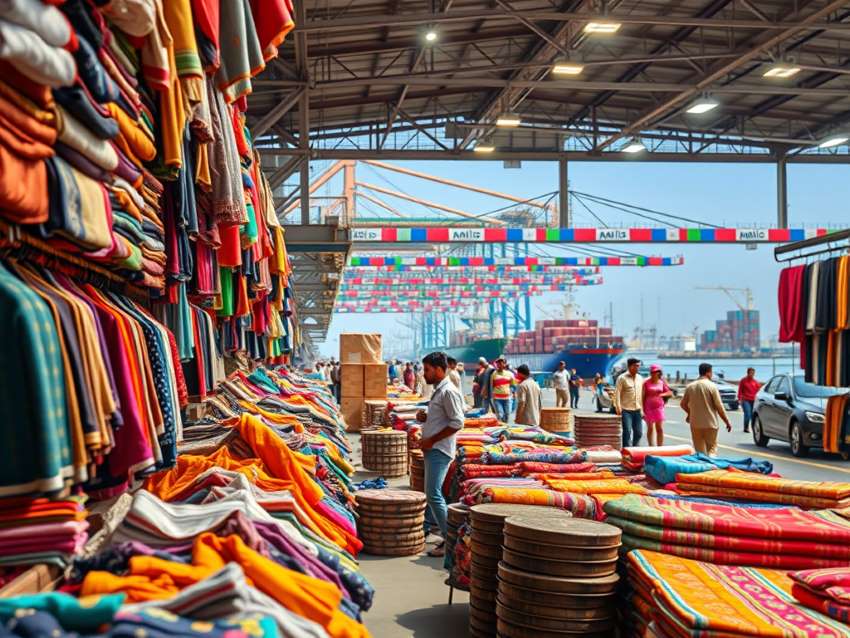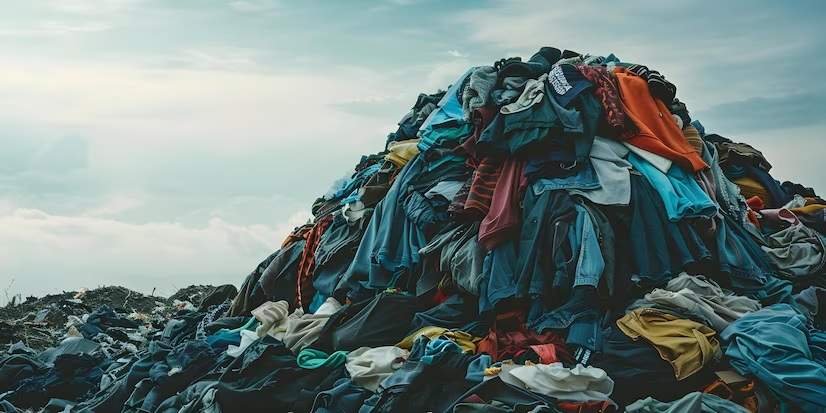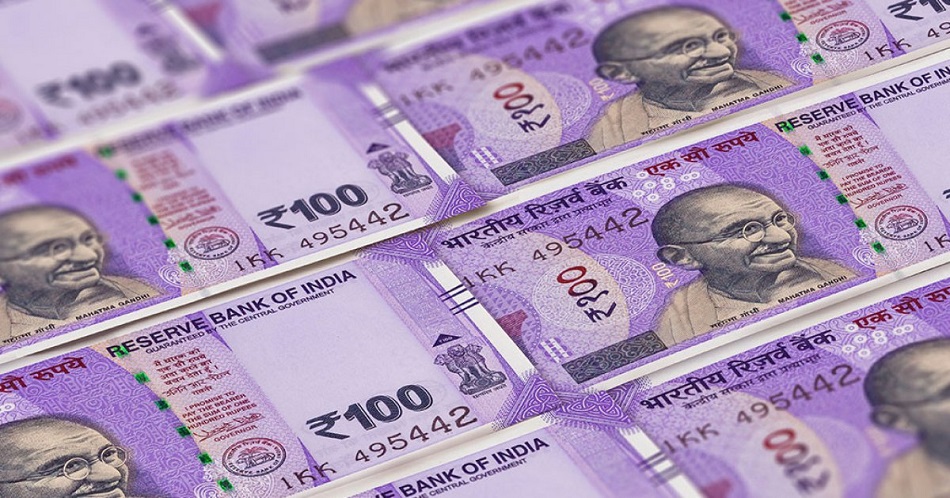
As India forges ahead towards becoming the world’s fifth largest economy it is ambitious about making it’s the rupee a global trading currency. With the aim to decrease US dollar dependency, so far 18 countries have been allowed by the Reserve Bank of India to trade in Indian rupees and Bangladesh has joined the group in July 2023.
India obviously gains with the Bangladesh joining as it marches ahead but many experts are not sure how exactly Bangladesh hopes to gain from this. The formal operations for this initiative commenced on July 11, with the virtual inauguration by the Governor of Bangladesh Bank, Abdur Rouf Talukder, and the Governor of the Reserve Bank of India, Shaktikanta Das. The State Bank of India handles the India trade side while Sonali Bank does the same for Bangladeshi.
After China, India is Bangladesh’s second-largest trading partner. Bangladesh exports products worth $2 billion annually, it imports products worth almost $14 billion per year an obvious large trade deficit.
Bangladeshi importers of Indian products gain
Businesses have their own take on rupee trade. Mohammad Hatem, owner of MB Knit Fashion, one of the largest garment factories in Bangladesh, believes they will be able to save at least 6 per cent of their costs because of direct transactions in Rupees. As his businesses largely imports raw material from India, he no longer is required to lose exchange fees to convert the Bangladeshi taka to dollars and then rupee. The governments of India and Bangladesh agree this deal circumvents loss through expensive foreign exchange and it also helps both nations in being less dependent on the US dollar.
Currently Bangladesh has been facing challenges with the dollar as the taka got devalued against the dollar by as much as 25 per cent and its dollar reserves are depleting fast. As CII National Committee on Exports and Imports Chairman Sanjay Budhia says, since all exports and imports and settlement of trade transactions under this arrangement may be denominated and invoiced in rupees, this would reduce dependence on the dollar and address situations like scarcity of forex reserves apart from strengthening regional currency and trade.
Skeptical about gains
One of the main concerns about the pact is the vision of being a global currency is India’s ambition and not Bangladesh’s. As the rupee has the tendency to fluctuate against the dollar, any loss due to the devaluation of the rupee against the dollar will be absorbed by Bangladeshi banks which may not be sustainable in the long run.
The former head of World Bank’s Dhaka office Zahid Hussain thinks the deal does not provide a reprieve for Bangladesh as it has to settle its trade deficit of $12 billion with India in dollars. Unless Indian exporters accept the taka as a form of payment, Bangladesh does not stand to gain. Hussain also explains there is no “loss” associated with this deal for Bangladesh, a friendly neighbour of India that wants to help India to push its rupee forward on international platforms. This deal does not cushion Bangladesh’s dollar reserves. The IMF has calculated Bangladesh’s global debt at $23.56 billion, down from $42 billion in 2022. The current debt is equal to Bangladesh’s four month import bills.

